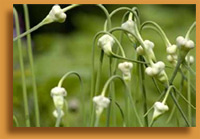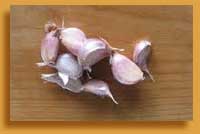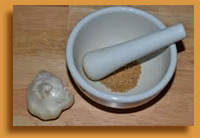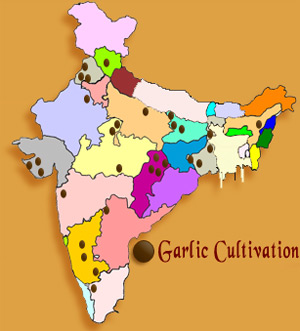GARLIC
Introduction
Garlic is being used as both food and medicine in several cultures for thousands of years, dating way back to the days when the Egyptian pyramids were constructed. In the untimely 18th-century, gravediggers of France drank compacted garlic in wine thinking that it would defend them from the epidemic that killed a lot of people in Europe. For the period of both World Wars I and II, soldiers were made to eat garlic to avoid gangrene. Today garlic is used widely to help avoid heart diseases, including atherosclerosis or contraction of the arteries, a plaque buildup in the arteries that can obstruct the flow of blood and may lead to heart attack or stroke, soaring cholesterol, soaring blood pressure, and to increase the effect immune system.
Garlic has the ability to help protect against cancer. Garlic is a relative of the Lily family and is a cousin to leeks, onions and chives. Garlic is a resilient, globular, rooted, perpetual plant with narrow flat leaves and bears little white flowers and bulbils. The complex bulb consists of 6 to 34 bulblets called cloves which are bounded by an ordinary, skinny, white or pinkish paper like sheet. Garlic has a very strong flavor, aroma and taste.
Common Names
Allium sativum is the scientific botanical name of the plant. In the common languages of India such as in Assamese it is called as Naharu; in Hindi it is called as Lasun, Lessan, Lahsun; in Bengali it is called as Rashun; in Gujarati it is called as Lasan; Kannada it is called as Bellulli; in Kashmiri it is called as Ruhan; in Malayalam it is called as Vellulli; in Marathi it is called as Lusson; in Oriya it is called as Rasuna; in Punjabi it is called as Lassan, Lasun; in Sanskrit it is called as Lashuna; in Tamil it is called as Ullipundu, Vellaippundu; in Telugu it is called as Velluri; in Urdu it is called as Lassun, Leshun.
History

This strength enhancing value was also privileged by the ancient Greek and Roman civilizations, whose participants consumed garlic before sporting events and whose soldiers ate it before going off to war. Garlic was brought up into various regions all the way through the globe by migrating civilizing tribes and explorers. By the end of the 6th century BC, garlic was well known both in China and India but the second country using it for beneficial purposes. All through the millennia, garlic has been a much adored plant in a lot of cultures for both its culinary and therapeutic properties. Over the past few years, it has achieved an unprecedented reputation since researchers have been technically validating its plentiful health benefits. Currently, South Korea, India, China, Spain and the United States are amongst the peak profit-making producers of garlic.
Nutritional Values
Uses
Cooking

Garlic should never be allowed to overwhelm the flavor of the components in any specified sauce. A green sprout grows in the center of the clove of the old garlic. Always slice out the sprout to evade any bitter after taste in the dish. It's an excellent practice not to abscond the stove when sautéing the garlic. Burned garlic is extremely bitter and hard to digest, as a result,the whole sauce is irremediably blemished.
Medicine
Garlic behaves as an antiseptic and helps out in curing the injuries very quickly. One of the main health benefit of garlic is that it helps in combating against a variety of infections and acts in opposition to irritation and virus. To get rid of colds, coughs try adding up a newly cut raw clove to food thrice a day or take Kyolic garlic tablets but uncooked is always best preferred. Indefinite studies conducted in China have proved that it contains chemicals that thwart cancer. They propose that consuming garlic on a habitual basis provides some defense against cancer.

Garlic Cultivation in India

